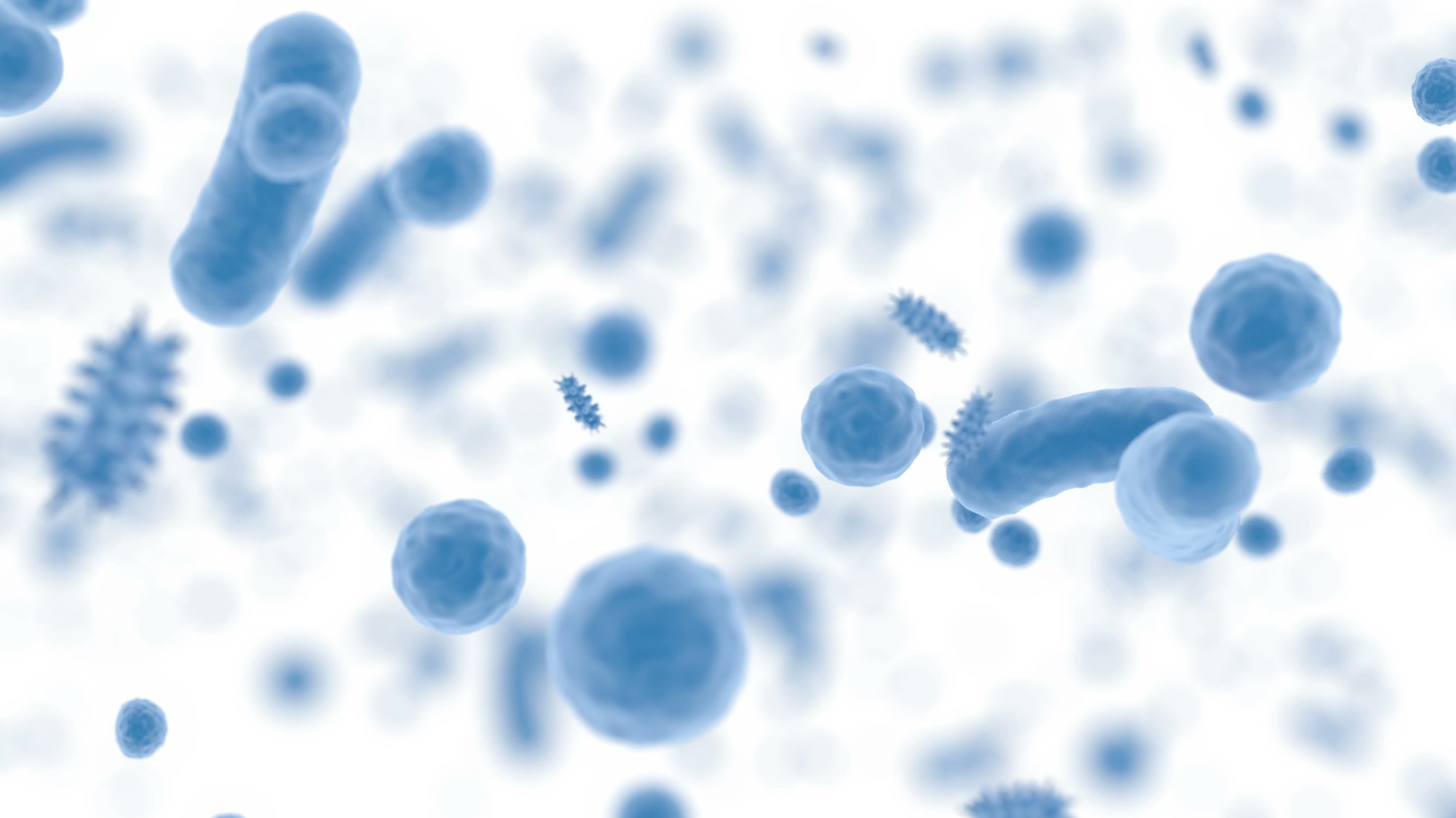In a recent study published in the journal The Lancet Microbe, researchers examined the impact of six experimental treatment regimens and the standard-of-case treatment for tuberculosis on the respiratory microbiome obtained from sputum samples.

Background
Recent years have seen extensive research on the role of various microbiomes on overall health, with studies indicating the association between gut microbiome dysbiosis and numerous diseases. Growing research indicates that respiratory microbiomes also play a significant role in modulating host immunity and increasing the resistance to respiratory pathogens. Various diseases, as well as the use of antibiotics, have been known to cause microbiome dysbiosis.
While the standard treatment for tuberculosis, which includes two months of isoniazid, pyrazinamide, rifampicin, and ethambutol treatment, followed by four months of isoniazid and rifampicin, does not entirely disturb the diversity of the respiratory microbiome, it causes the depletion of specific commensal bacteria that are immunologically important.
With the aim of reducing the duration of antibiotic exposure to the respiratory microbiome, new and shorter treatment regimens for tuberculosis are being investigated.
Given that the respiratory microbiome is sensitive to factors such as disease and diet, the prolonged use of some antibiotics can compound microbiome dysbiosis, highlighting the need to investigate the impact of such antibiotic treatment regimens on the respiratory microbiome.
About the study
In the present study, the researchers conducted a retrospective analysis of the impact of tuberculosis treatment regimens on the respiratory microbiome by analyzing longitudinally collected sputum samples obtained as part of two clinical trials that evaluated the efficacy of six experimental tuberculosis treatment regimens against that of the standard tuberculosis treatment regimen.
The PanACEA MAMS-TB clinical trial investigated the efficacy of four experimental treatments, which included varying combinations and dosages of isoniazid, pyrazinamide, rifampicin, and ethambutol. The HIGHRIF2 study evaluated the bacteriological response, tolerability, and pharmacokinetics of varying doses of rifampicin.
Sputum samples of patients who responded positively to the treatments and reported a minimum of one negative culture at the end of the clinical trials were included in the analysis.
Total ribonucleic acid (RNA) was extracted from the sputum samples, and the bacillary load of Mycobacterium tuberculosis was measured using the tuberculosis molecular bacterial load assay. The total RNA was then converted to complementary deoxyribonucleic acid (cDNA) through reverse transcription, and the V3–V4 region of the 16S ribosomal RNA gene was targeted for amplification. Index polymerase chain reaction (PCR with variable DNA adapters was used for library preparation, and high-throughput amplicon sequencing was conducted.
The obtained sequences were analyzed for total bacteria and separately for photosynthetic cyanobacteria. A range of diversity and evenness indices, such as alpha diversity metrics, Shannon diversity index, Pielou’s evenness index, and Faith’s phylogenetic diversity index, were calculated for the obtained data.
Furthermore, the participants who provided the sputum samples were grouped according to their region of origin, and the Mann-Whitney test was used to test the difference in their respiratory microbiome diversity. The Mann-Whitney test was also used to evaluate the pre- and post-treatment differences in alpha diversity for each treatment regimen.
Results
The findings reported that a treatment regimen consisting of 5 mg/kg per day of isoniazid, 20 mg/kg per day of rifampicin, 25 mg/kg per day of pyrazinamide, and 400 mg/kg per day of moxifloxacin for three months with isoniazid at 5 mg/kg per day and rifampicin at 10 mg/kg per day for the next three and a half months was effective in controlling tuberculosis while not impacting the recovery of the respiratory microbiome.
The microbiome analyses revealed that the pre-treatment sputum microbiomes were dominated by Firmicutes at the phylum level and Streptococcus at the genus level.
The study found that the abundance and diversity of the respiratory microbiome underwent a pattern of fall and recovery that was similar to predator-prey interactions, indicating the initial sensitivity and developing resistance of the microbiome to the antibiotics.
The microbiome diversity reduced significantly in the first two weeks of treatment, with regimens containing 35 mg/kg rifampicin and moxifloxacin being responsible for the most significant microbial diversity reduction.
Furthermore, while most of the microbiome taxa levels recovered during the follow-up, the Mycobacterium levels did not recover, indicating that M. tuberculosis was especially susceptible to these antibiotics.
Conclusions
The findings showed that the standard treatment regimens for tuberculosis, consisting of isoniazid, pyrazinamide, rifampicin, and ethambutol, had a marginal impact on the respiratory microbiome and did not significantly impact the diversity.
Furthermore, the inclusion of moxifloxacin into the regimen and increasing the rifampicin dosage substantially impacted the microbiome, specifically the Mycobacterium levels. However, the regimen comprising 20 mg/kg of rifampicin resulted in the recovery of the microbiome within three months.
The results highlight the possibility of improving tuberculosis treatment without harming the commensal bacteria in the respiratory microbiome.
Source link
credite
